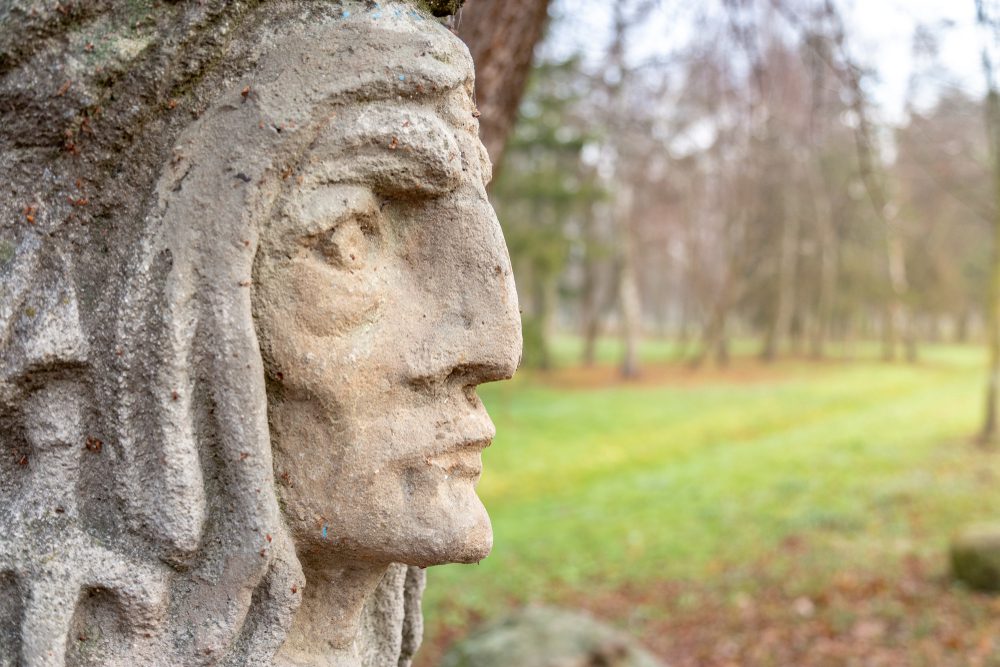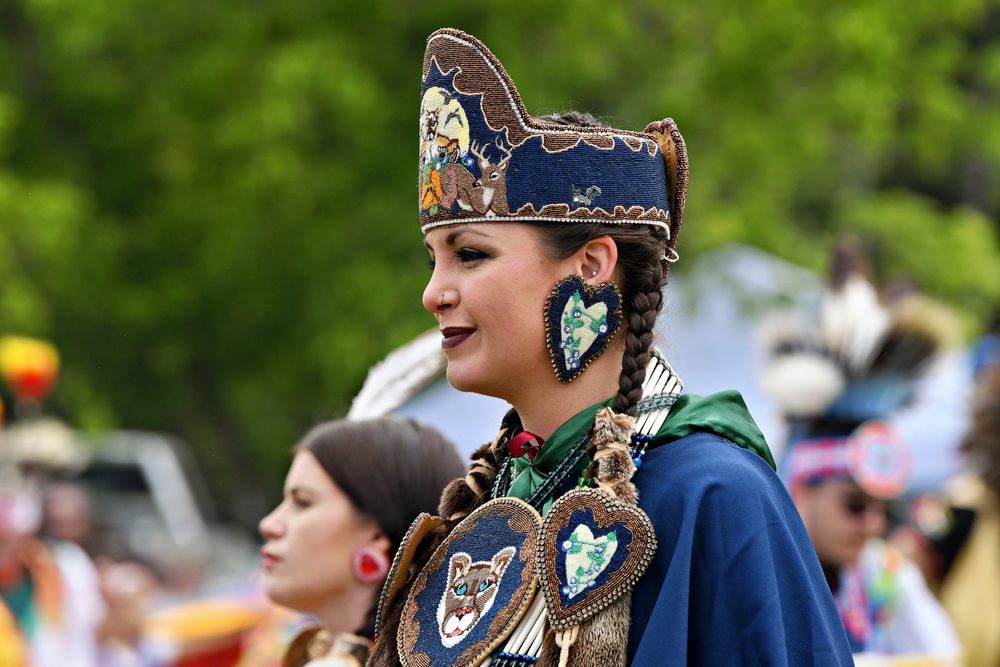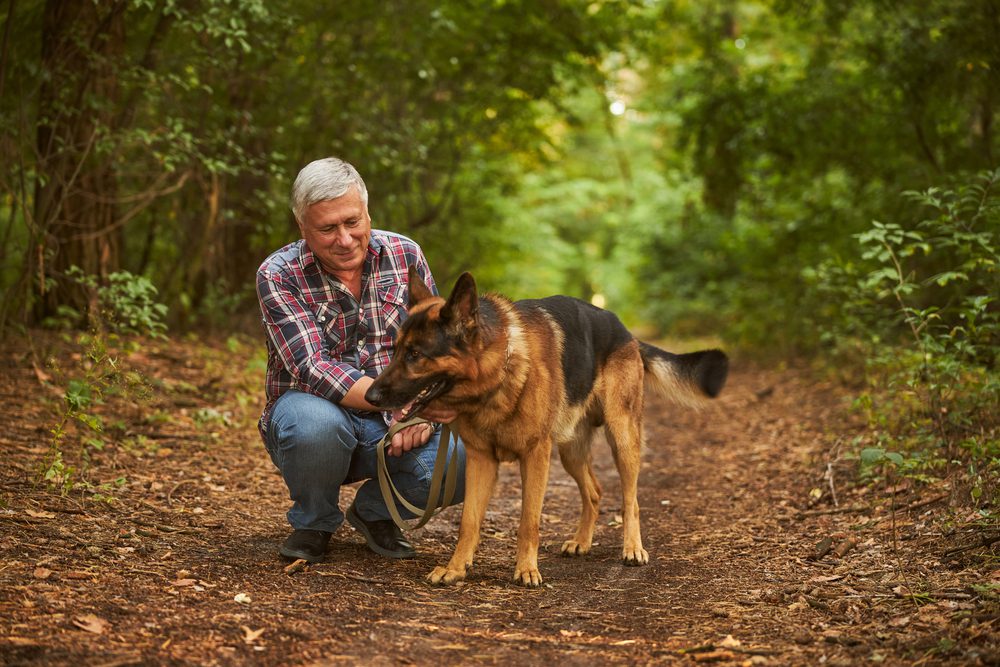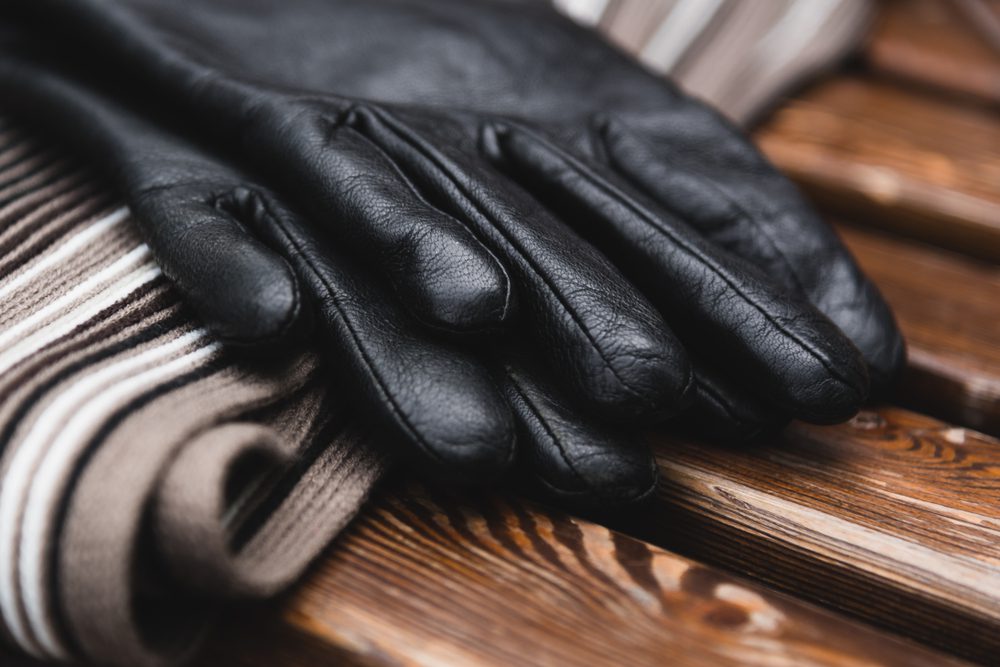How many things do you know about Native Americans?
According to the latest census in America, the number of individuals who are Native Americans grew to 9.7 million! And by 2060, the numbers might rise even more. Since 2010, there has been an increase from 1.6% to 2.9%, and the beautiful thing is that you can see many of them gathered at their celebration of Native American Heritage Day, which is held right after Thanksgiving.
The majority of Native Americans reside in the Western region of the nation. In South Dakota, Oklahoma, Alaska, New Mexico, and Oklahoma, they constitute more than 10% of the total population. The percentage of American Indian and Alaska Native people in Alaska, on the other hand, is highest at 22%, followed by New Mexico and Oklahoma. The latter saw the biggest growth since 2010.
If you’re curious about which of the 50 states more Native Americans reside in, keep reading our article. And in case you enjoyed it, don’t leave without leaving a comment! Now, let’s start.

1. Alaska
We had to put Alaska first on the list of states that have the largest Native American population, around 100,397, which is the highest among all states. Unfortunately for all the Native Americans who live in Alaska, the overall situation isn’t very bright. Most of them live in small communities, and they don’t have financial security. According to statistics, the poverty rate in these communities is around 24%.
Despite having 229 officially recognized tribes, Alaska only has one reservation since its tribal governments cannot collect taxes and the federal government’s land allocation process differs from that of other states.
2. Montana
Montana is the fifth state in which there are around 63,896 Native Americans. Here, there are plenty of reservations on which native communities live. And among the well-known ones are Crow, Fort Peck, Blackfeet, and Rocky Boy.
If the situation in Alaska seemed terrible for them, in Montana things are even worse. Even though one of the reservations (Rocky Boy) has some recreational areas, jobs here are pretty hard to find. Therefore, more than half of the population is poor.
On the other hand, at Fort Peck, citizens have a different kind of problem. Here, the methadone addiction escalated very quickly in the past few years, and the situation got out of control!
3. Wyoming
In Wyoming, there are around 10,356 Native Americans that belong to two main recognized tribes. The Wind River Reservation occupies more than 2.2 million acres in the state of Wyoming.
However, as you may probably guess, Native Americans who live in Wyoming don’t have a good life either. On this reservation, houses are expensive, and people are forced to live in uncomfortable conditions.
The situation was even worse during the pandemic years because it was almost impossible to control the spread of the disease, which resulted in many tragic deaths. That’s why Native Americans were responsible for more than 42% of the state’s mortality early in the outbreak.
4. Oklahoma
Another state where there is a sizable Native American population is Oklahoma. about 297,937 people who are descended from tribes who felt obliged to leave the East around the beginning of 1800. The Supreme Court decided in July 2020 that more than 3 million acres, or over half of Oklahoma, are Native American tribal territory.
5. Arizona
Arizona, the fifth state on the list, has 294,658 Native Americans living there, which, according to statistics, is around 4% of the state’s total population. Arizona ranks seventh among all states. There are 22 tribes in this area, with the largest reservation being somewhere in the northeastern region where the Hopi, San Juan Southern Paiute, and Hopi all shared territory.
The Monument Valley Navajo Tribal Park draws millions of visitors annually and is the most prominent location. You may buy a ticket upon arrival, and the admission price is merely $8 per person.
6. New Mexico
There are 23 tribes in New Mexico: the Navajo Nation, 19 Pueblo, and three Apache tribes. The Taos Pueblo, one of the most well-known tribes, has been a hub for Southwestern art and architecture since its village was named a World Heritage Site in 1992.
Northwestern New Mexico, northeastern Arizona, and southeastern Utah all contain portions of the vast Navajo Nation. New Mexico is home to about 30,000 of the tribe’s 300,000 people.
7. North Carolina
Although North Carolina has a large Native American population along the Mississippi River, only the Cherokee Indians are recognized as a tribe. Until they were driven west in the 1800s, the Cherokee held somewhere around 140,000 square miles, covering eight states.
Today’s residents of North Carolina are descended from tribe members who were able to stay or return. Before the ’60s, Native Americans located in North Carolina also experienced institutional racism and discrimination, with separate public restrooms, dining areas, and schools, as well as few job possibilities. This situation was similar for African Americans who were facing the same terrors.

8. Delaware
The Lenape tribe was forced to evacuate their home along the Delaware River. To protect and preserve Indigenous culture, the contemporary Lenapes of Delaware have started programs to identify ancestral places, grow certain flora, and research fishing customs. For those who didn’t know, the “Lenape” name has its roots in the Lord de la Warr, who was chosen as the colony’s ruler in 1610 in Jamestown, Virginia.
9. New York
There are several tribes in present-day New York, including the Shinnecock on Long Island, east of New York City, and the Seneca, the Cayuga, the Oneida, and the St. Regis Mohawk. The Mohawk earned a reputation as courageous ironworkers by contributing to the construction of notable city structures such as the Empire State Building, Chrysler Building, and World Trade Center.
Although the high expense of living in the city reduced the number of Mohawks who came to work on construction projects, Mohawk workers came back to assist with the World Trade Center’s reconstruction in the years after the 9/11 attacks.
10. Idaho
The Coeur D’Alene and the Nez Perce hold the largest reserves out of the officially recognized tribes in Idaho, including the Kootenai. This reservation spans over 770,000 acres. 16 million acres of tribal territory formerly existed, but once gold was found nearby, that number decreased. The tribe maintains a significant fisheries program with several incubators, raises highly sought-after appaloosa horses, and has been instrumental in protecting the Chinook and Coho salmon from annihilation.
11. New Jersey
About 35,727 Native Americans live in New Jersey. The Powhatan Renape, the Nanticoke Lenni-Lenape, and the Ramapough Lenape are the three principal tribal tribes recognized by the state. The Lenni Lenape, often known as “original people” or “real men,” was the main Native American tribe and was regarded as a subgroup of the broader Algonquin tribe.
The tribes in this region, which also includes Delaware, unitedly opposed casinos, and the sale of cigarettes, and alcohol on the grounds of religion and spirituality.
While locating Native Americans on the map was a fascinating topic to write about, before you leave the page, don’t forget to check out another article that’s among our favorites: 8 Wonders in America You Should Not Miss Visiting.









One Response
Nebraska has the Winnebago Indian reservation. I’m surprised it was not listed.